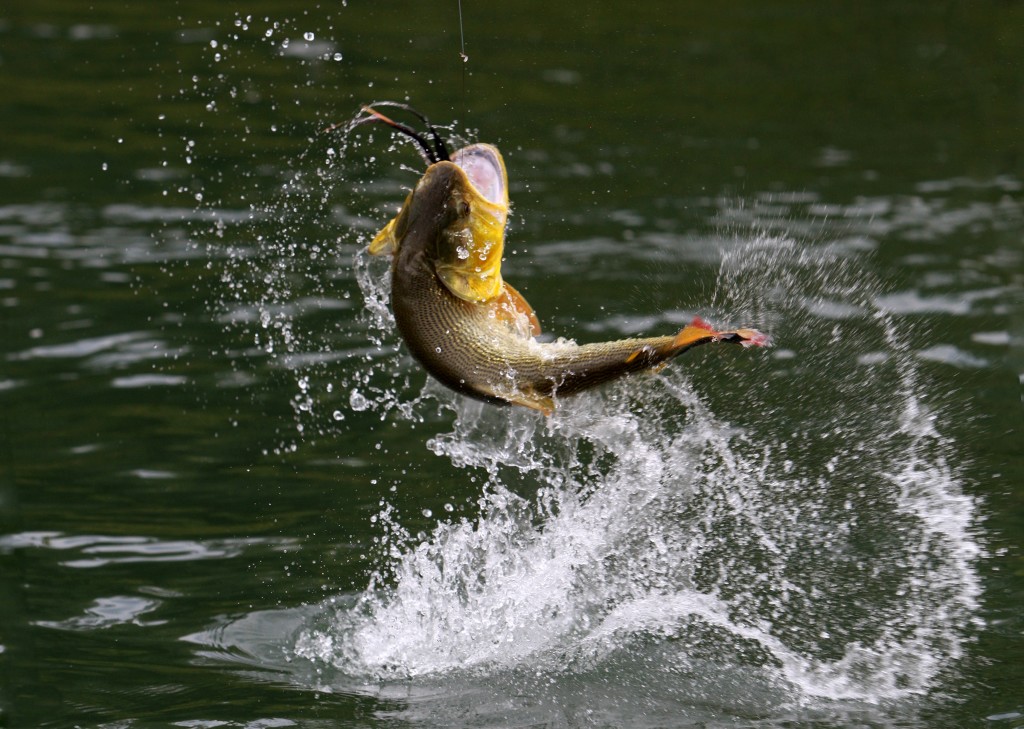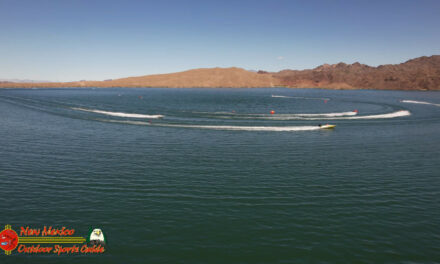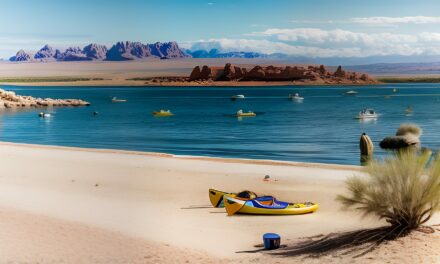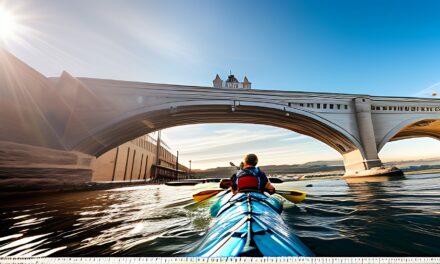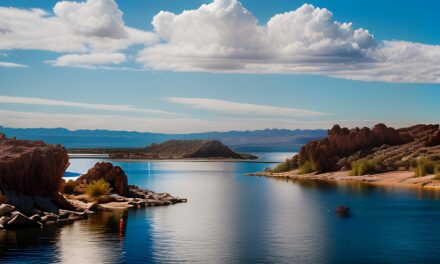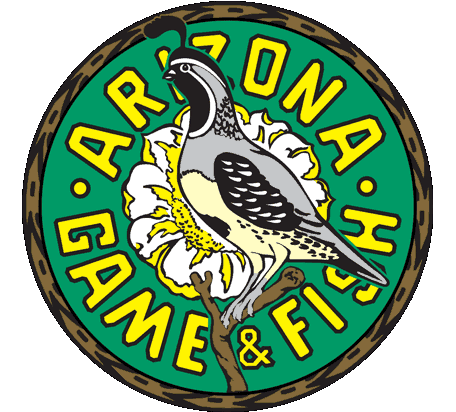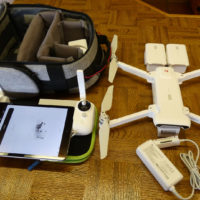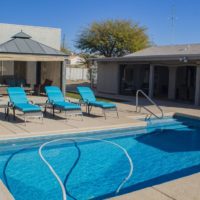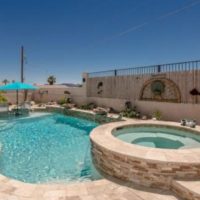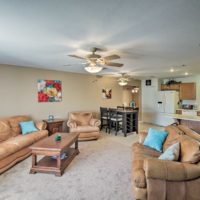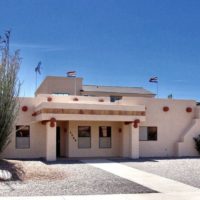Timber, in any given lake, provides habitat for all species of fish. Anglers commonly refer to timber as cover, and they know it provides a sheltered area for bass hang outs. But, the age old quandary for bassers is which trees will be more productive for their fishing efforts? There are oak trees, pine trees, cedar trees, bushes, buck brush, tall trees, and short trees, that are left in lakes to be inundated with water. Timber, is not all created equal, when looking for specific targets for bass.
Structure and cover are the mainstays in providing shelter, travel routes, protection, and feeding advantages for bass. Timber supplies bass with all the necessary ingredients for top living conditions, and it gives anglers a primary target to key on while pursuing these sought after fish. Wi thin the intricate network of standing timber, anglers can find key holding areas that will always produce bass. But, when every tree looks like a good spot to direct a cast, and the lake houses thousands of the same types of trees, then the lake becomes very intimidating. And, since most ang lers don’t have the luxury of putting a lure next to every tree, then some time needs to be spent assessing the timber, and realizing not all trees will have a bass beside them.
High percentage areas of a lake that hold bass are places that collectively contain structure, cover, food, and shelter, and meet all the requirements of a bass’ needs. Trees aid in the network of providing these things for bass, and help anglers key in on the right areas, by using topo maps, and LCD’S. But, learning to visually read a lake is an exercise that should be given attention also. Lakes with standing timber, offer high spots, or humps, steep drops, creek channels, fence rows, orchards, roadbeds, and numerous other structured areas that will hold timber. By looking at the land mass that is not surrounded by water, take a look at how the trees grow.
Tall trees get more sunlight or osmosis than shorter trees, therefore the shorter trees usually grow on high ground. Cedar trees are generally much shorter than Pine or Oak trees, so to compete with them for the mu ch needed sun rays, they must be able to reach the height needed to grow. Cedar Trees will typically grow on humps or rises, while Oak Trees will glean from much lower down a hump or point, which might be a valley, or a drop. In other words, if the growth is relatively the same age, look for trees that are standing higher than the others. Chances are pretty good that these trees are taller because the lake bottom is higher. This usually projects a high spot in the form of a ridge, hump, or mound on the lake bottom.
Submerged channels are another top structure to fish within a large expanse of standing timber. Often times, trees grew right along the creek banks, and the larger trees will usually mark the route of the channel. So, to find a creek bend, which is a great bass holding area, follow the larger trees. Other likely spots are sloughs, roadbeds, boat lanes, pockets, points, ridges, humps, and tank dams. Humps, ridges, and tank dams will have Cedar Trees, Willow Trees, or some small trees scattered across the top, and will have a drop off side, which bass will naturally relate to the structure somewhere on the this prime piece of real estate. Points, many times will have shorter timber extending out into the lake, and that serves as a natural hangover for many species.
Only a small percentage of the actual cover bass use can be seen above the lakes surface. To locate the most productive timber, use good electronics, and a contour map, along with a good imagery. Bass have a preferred depth that meets their comfort, and they use the cover and structure within that haven to their best advantage. So take a little time, learn the lake, along with the structure and the cover it offers. Don’t be intimidated by all the standing timber, but know that they are not all created equal either.
Editors Note: Sherry Ruslink is sponsored by Stratos Boats/Evinrude Motors, Fin and Feather Sports Center – Pro Staff, Castaway Graphite Rods – Factory Team, Lowrance Electronics, Gene Larew Lures, Tackle Logic Tackle Systems, Triple Fish Fishing Line, Pro Line, Reel Deel, and Power Arm. She is a licensed guide on Lake Fork, Bass’n Gal Touring Pro, active member of Texas Outdoor Writers Assoc., TPWD angler educator, and owner of Anglers Educational Seminars. She may be contacted at 817-572-3675 or 903-473-1016, E-Mail: ladybass@onramp.net, & homepage: http://www.texs.com/ladybass
– Lake Havasu
– Lake Havasu



